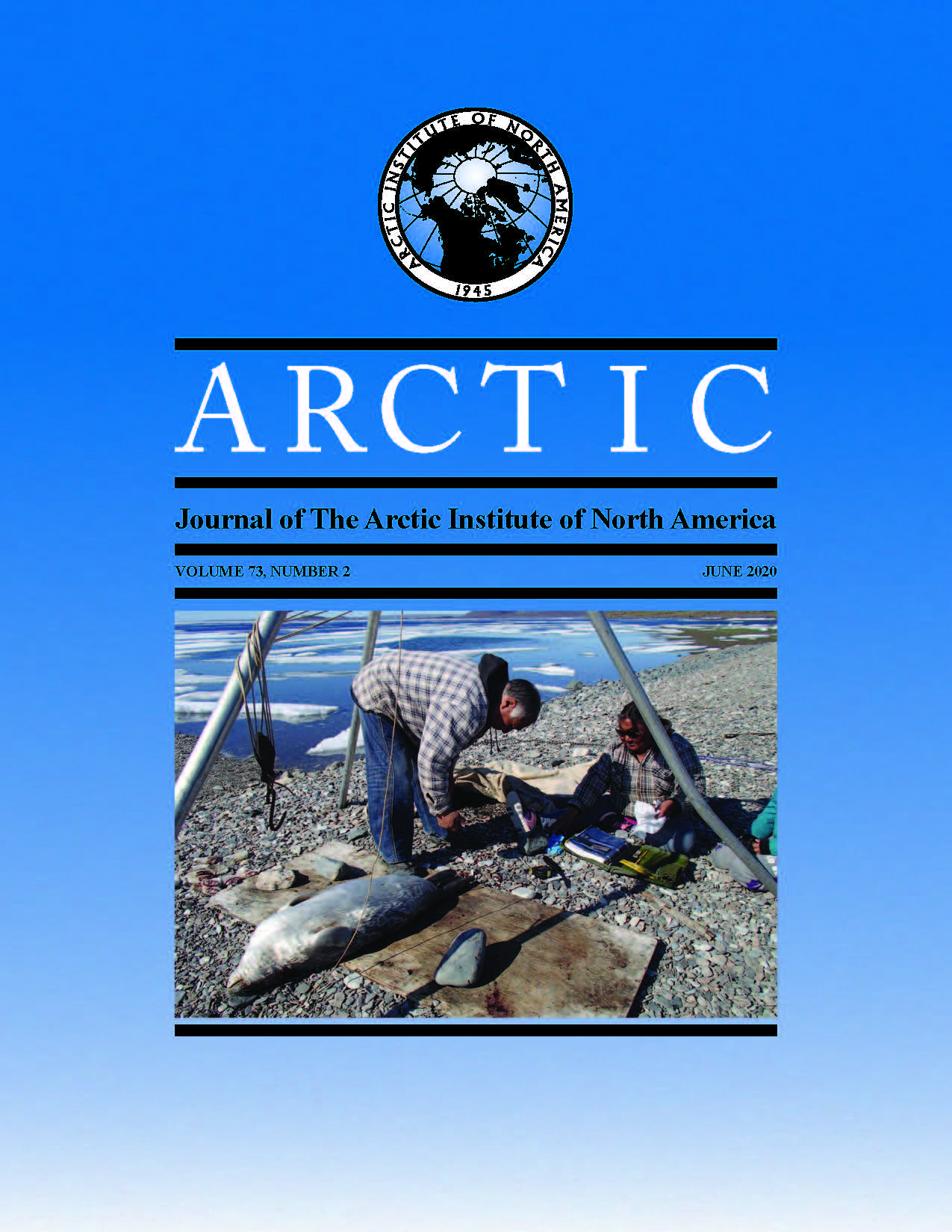Environmental and Hunter-Gatherer Responses to the White River Ash East Volcanic Eruption in the Late Holocene Canadian Subarctic
Ключевые слова:
Subarctic; hunter-gatherer; volcano; tephra; White River Ash; ethnohistory; pollen; ecology; disaster;Аннотация
The eastern lobe of the Alaskan White River Ash volcanic event of AD 846 – 848 blanketed portions of Yukon and Northwest Territories, Canada, in 5 to 50 cm of tephra. The eruption has been linked to concurrent changes among hunter- gatherers, including the spread of new technologies and the continent-wide migration of a group of Dene ancestors from Subarctic Canada to the United States. We use published palaeoenvironmental data (primarily pollen and charcoal profiles) as well as studies of modern ash fall ecology and human health hazards associated with eruptions to reconstruct effects of the White River Ash east event on northern hunter-gatherer subsistence. While many components of local ecosystems appear to have rebounded quickly from ash deposition, we deduce a more pronounced impact on the important game species of caribou and salmon, the seasonal migration paths of which were intersected by thick deposits of ash. A trophic model informed by palaeoenvironmental data and ethnohistoric records suggests that negative biological effects of the ash temporarily pushed hunter-gatherer populations to neighbouring and less affected kin groups for up to 100 years. This synthesis contextualises archaeological theories of human responses to ecological disturbance events in circumpolar landscapes.


